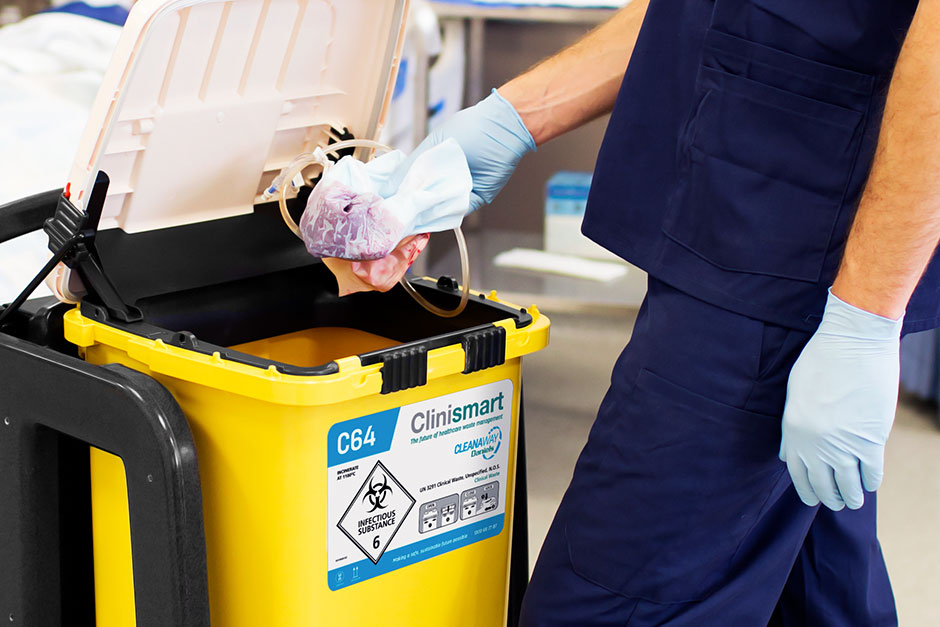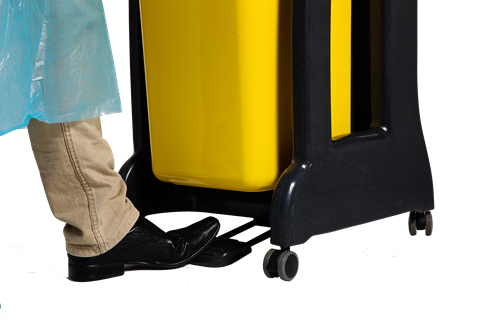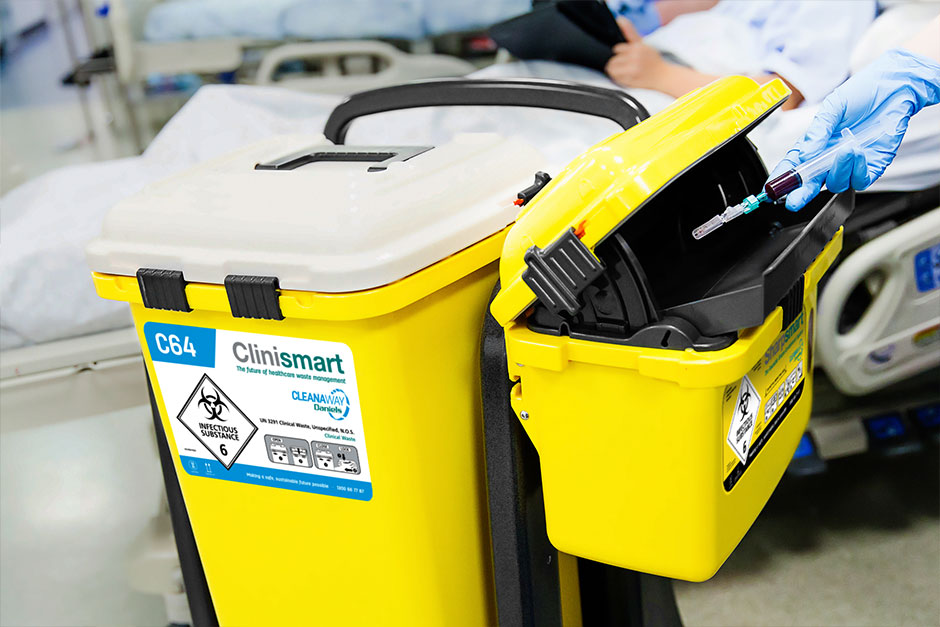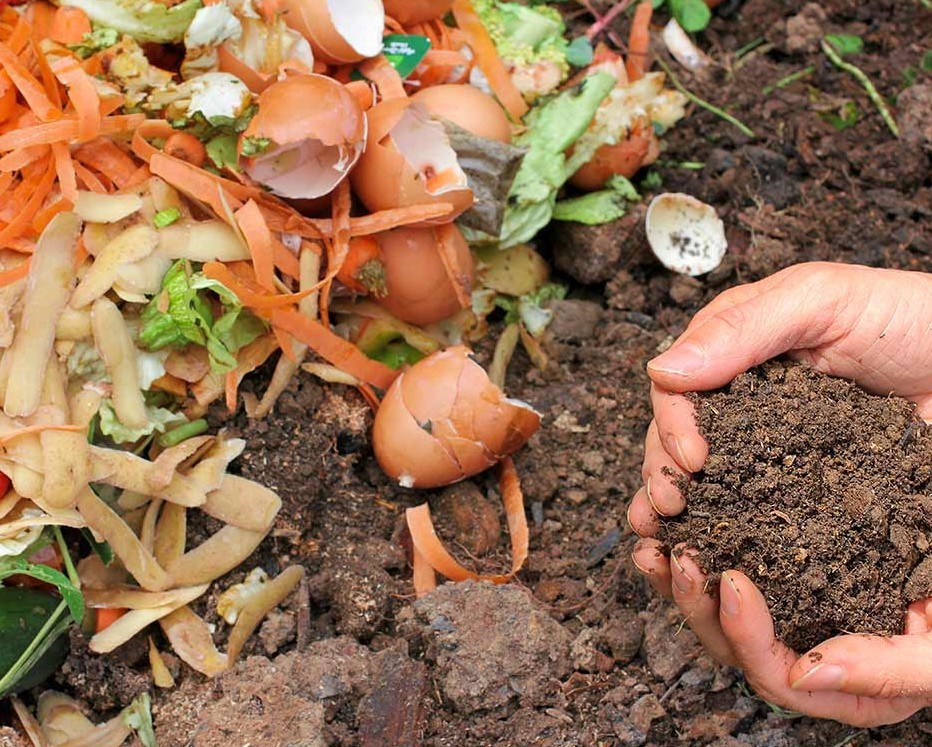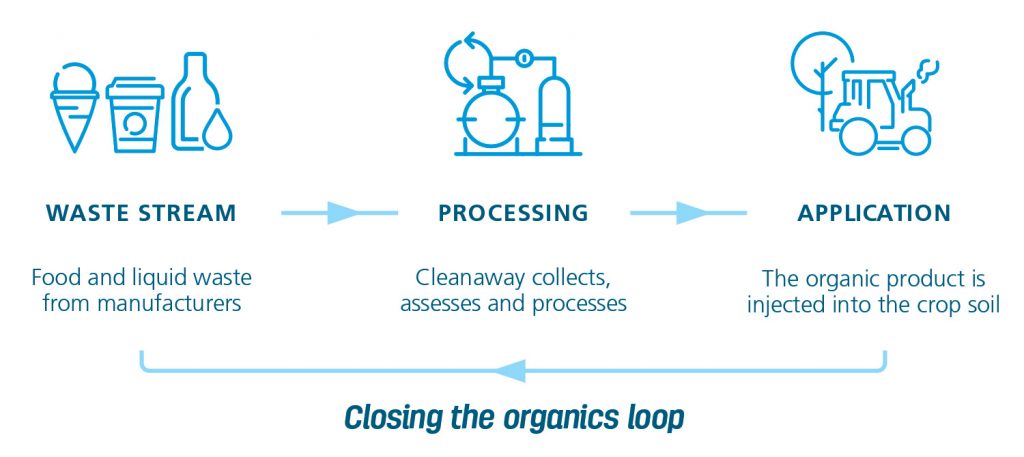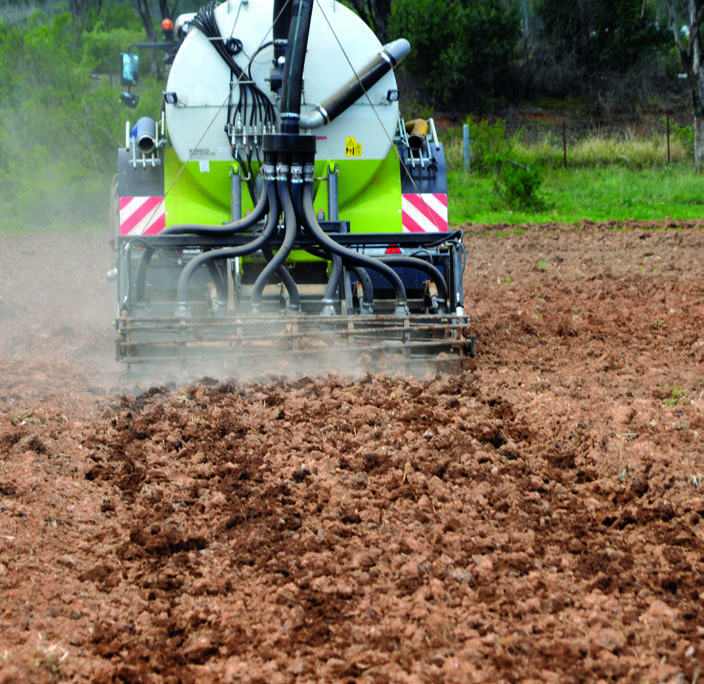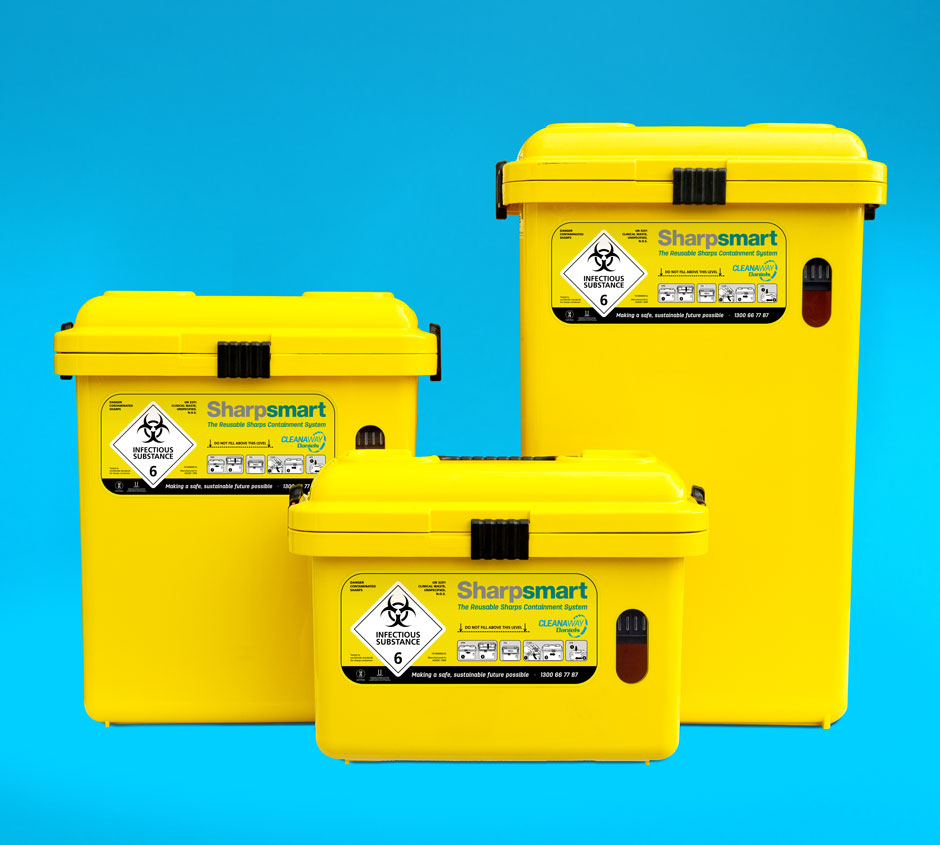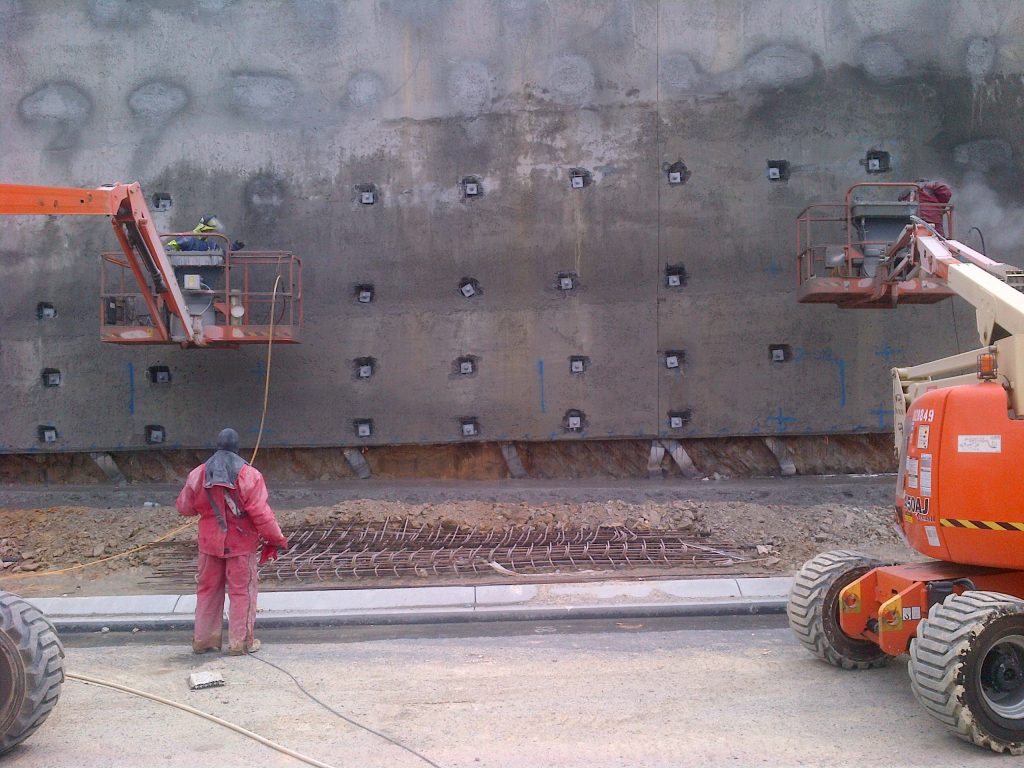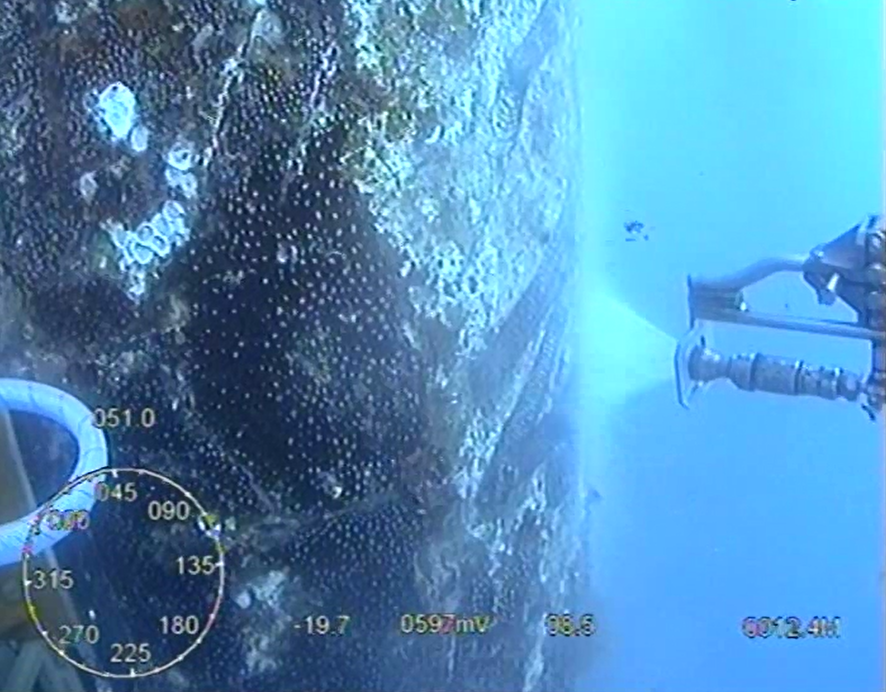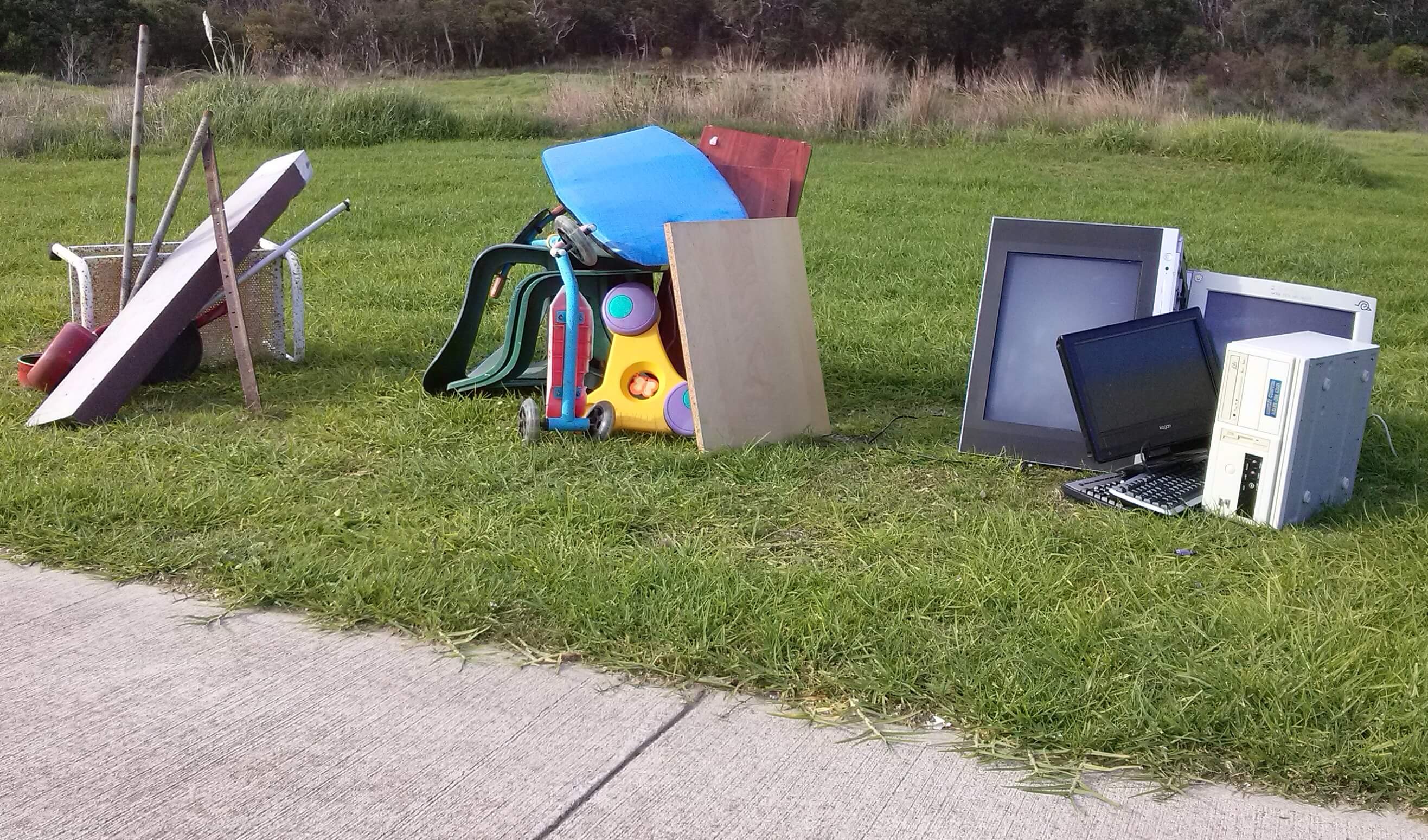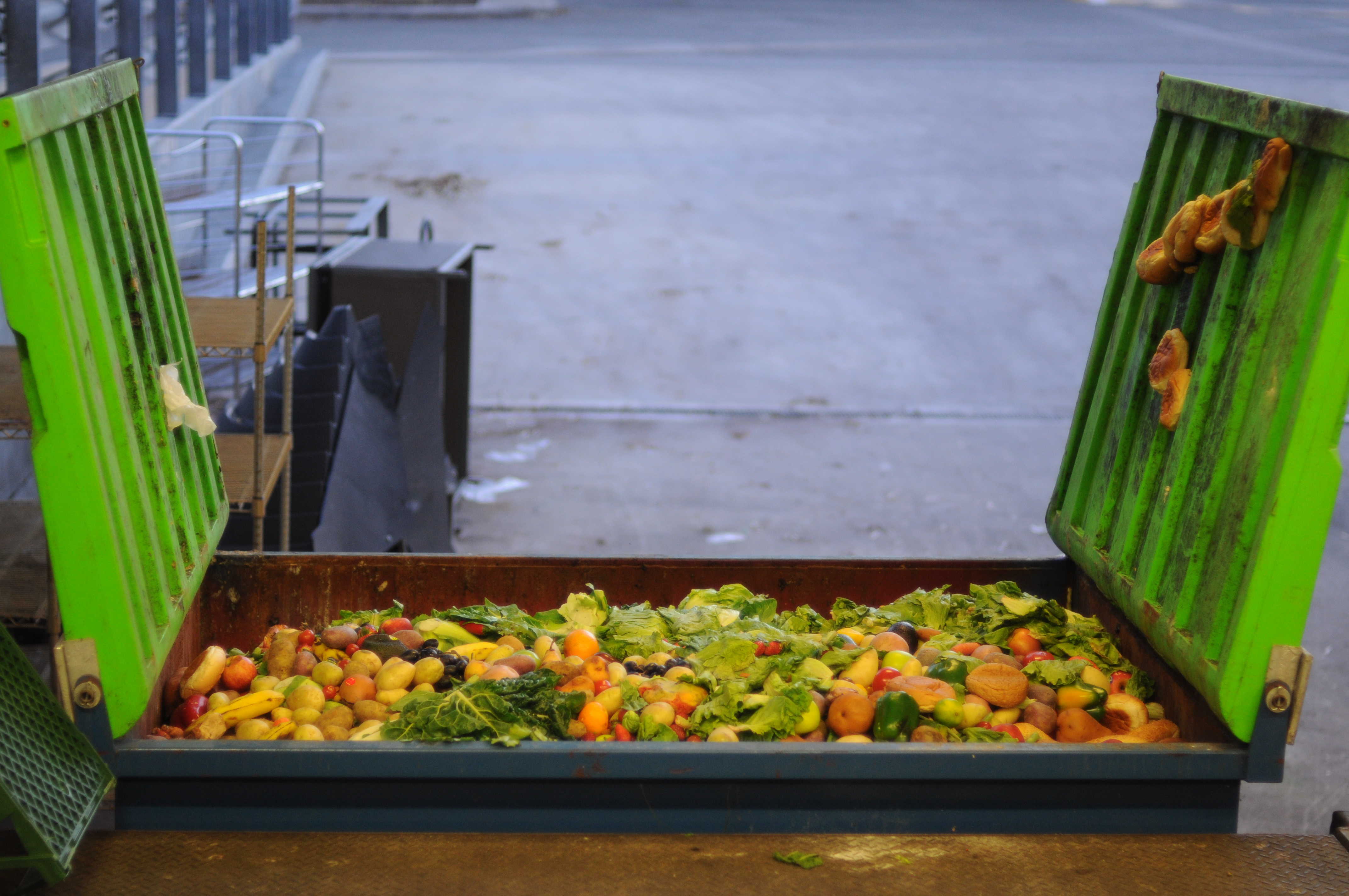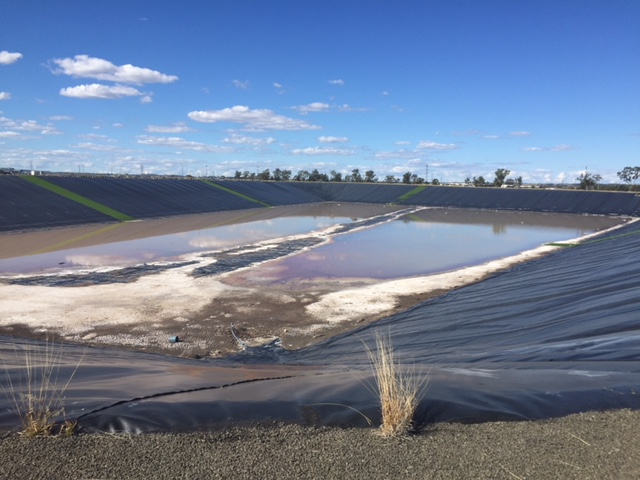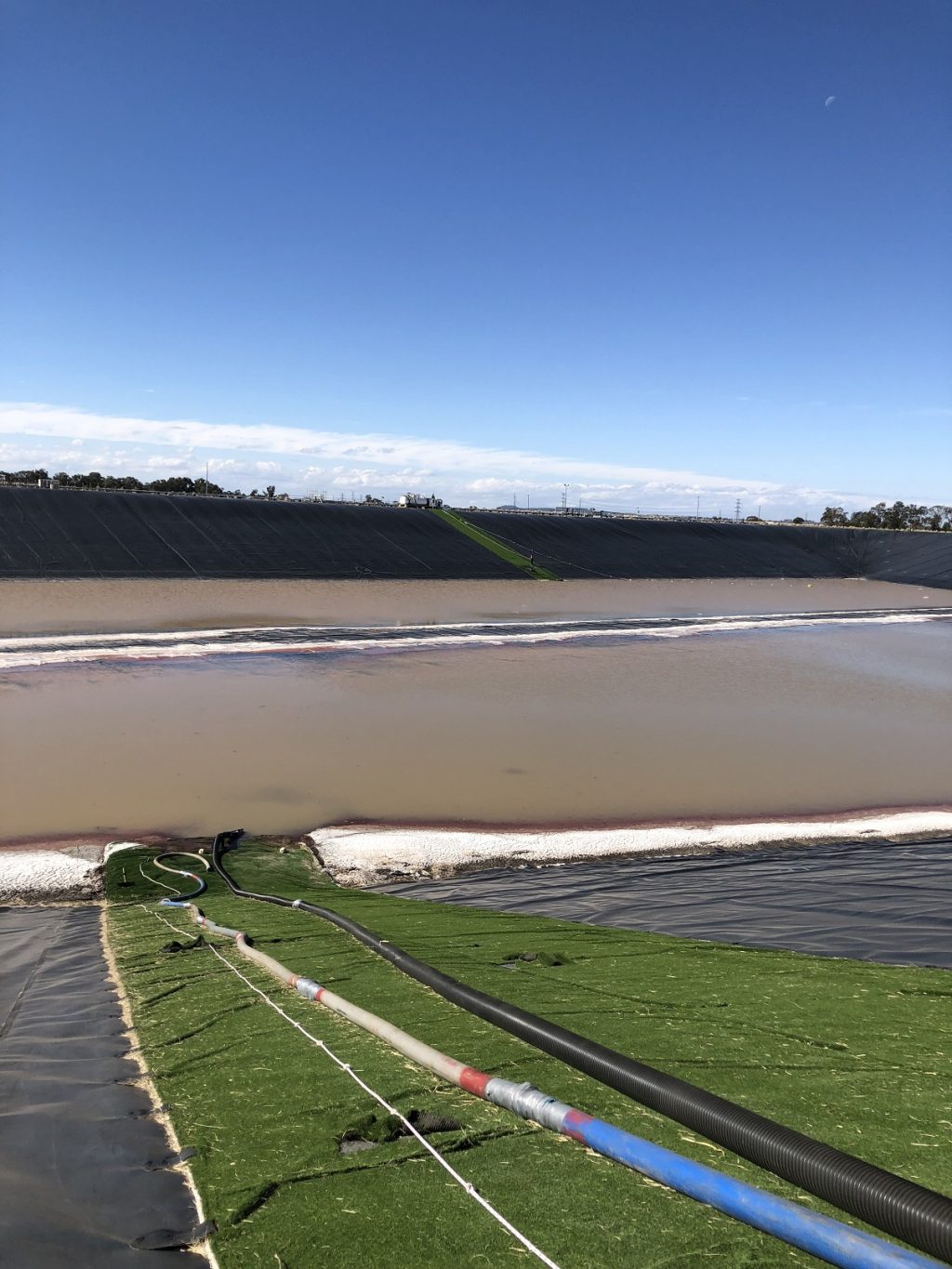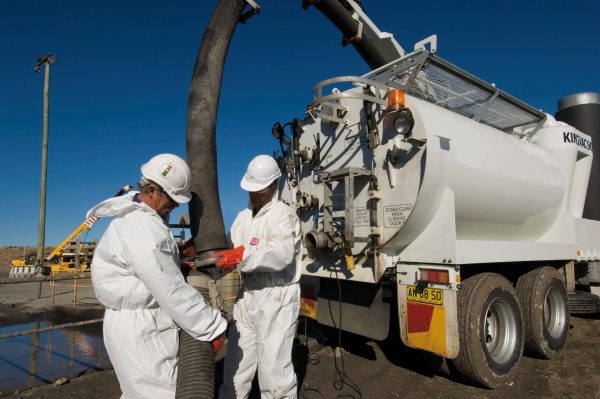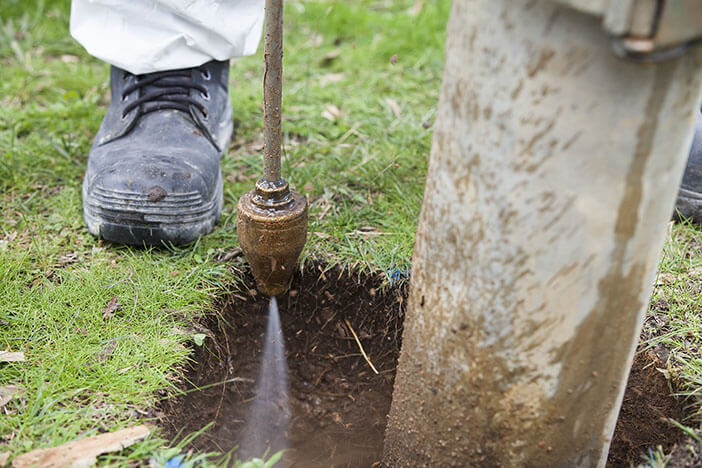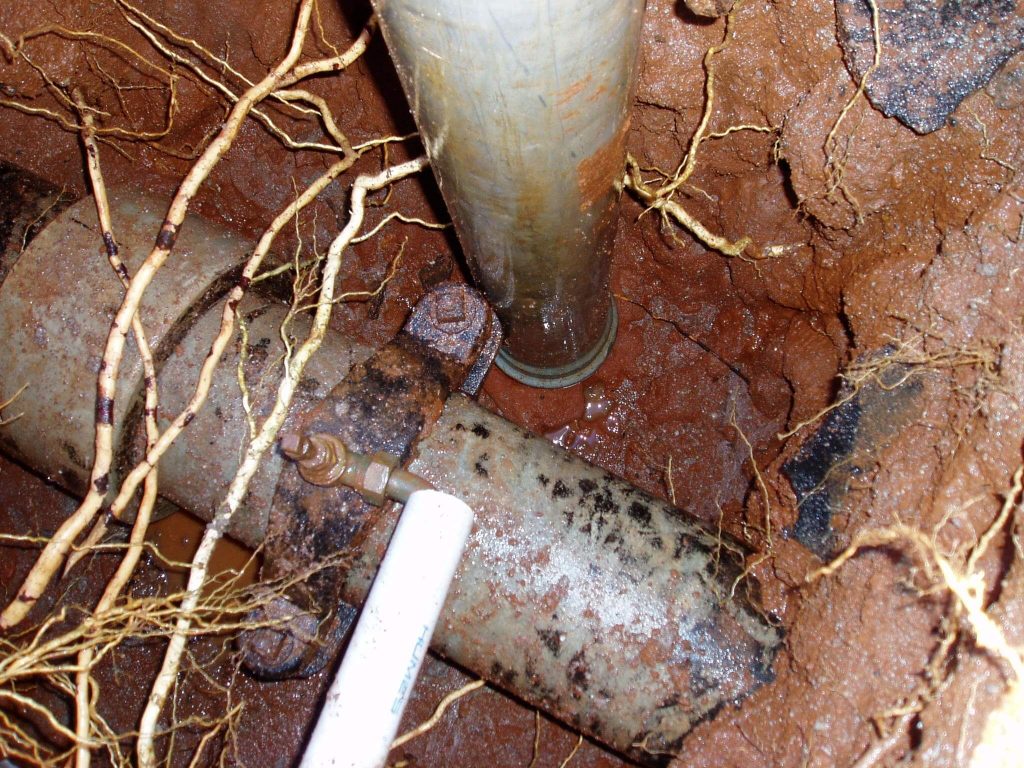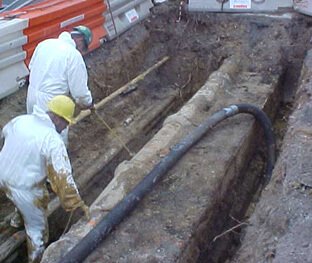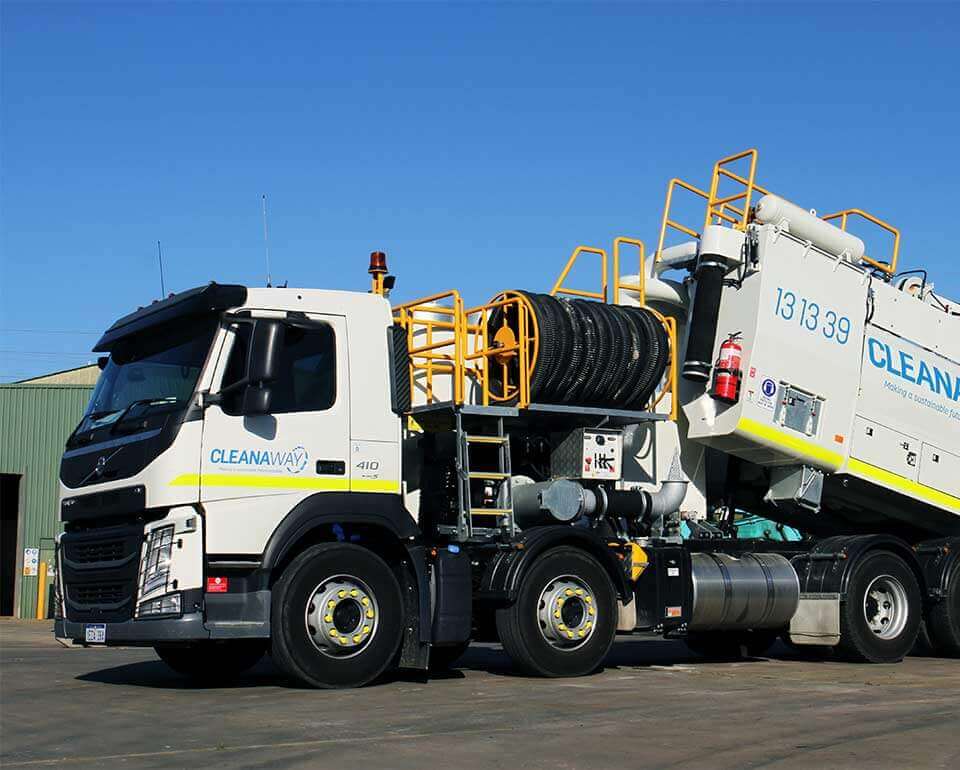Plant maintenance shutdowns are a critical time in the operation of a facility. A well-planned shutdown can positively impact the plant and have it running within capacity for years.
During a shutdown, all plant activities are stopped to facilitate maintenance, repairs, and equipment replacements. Plants are regulated for health and safety to ensure operations are within guidelines set by governing legislation.
Shutdown services refer to cleaning and maintenance works performed during plant shutdowns. This may include a wide range of industrial services like scaffolding, high pressure water blasting, decontamination and mechanical repairs.
Shutdown services in action
Driving safety and efficiency without cutting corners
A car manufacturer customer had a shutdown period over the new year to perform annual maintenance. The cleaning timelines were critical for the customer as other shutdown maintenance work could only be carried out after the cleaning was done.
It took 16 operators and two supervisors, running four High Pressure and two Heavy Vacuum Units to complete the project. The workload was predominantly focused on the paint shop and included high pressure cleaning of paint booths, sludge removal from large waste ponds, and cleaning of large treatment tanks, industrial fans and general pit and drain cleaning.
Our Toxfree team completed over 1,600 man hours of cleaning in 14 days, all within the tight timeframe requested by the customer, without compromising on safety.
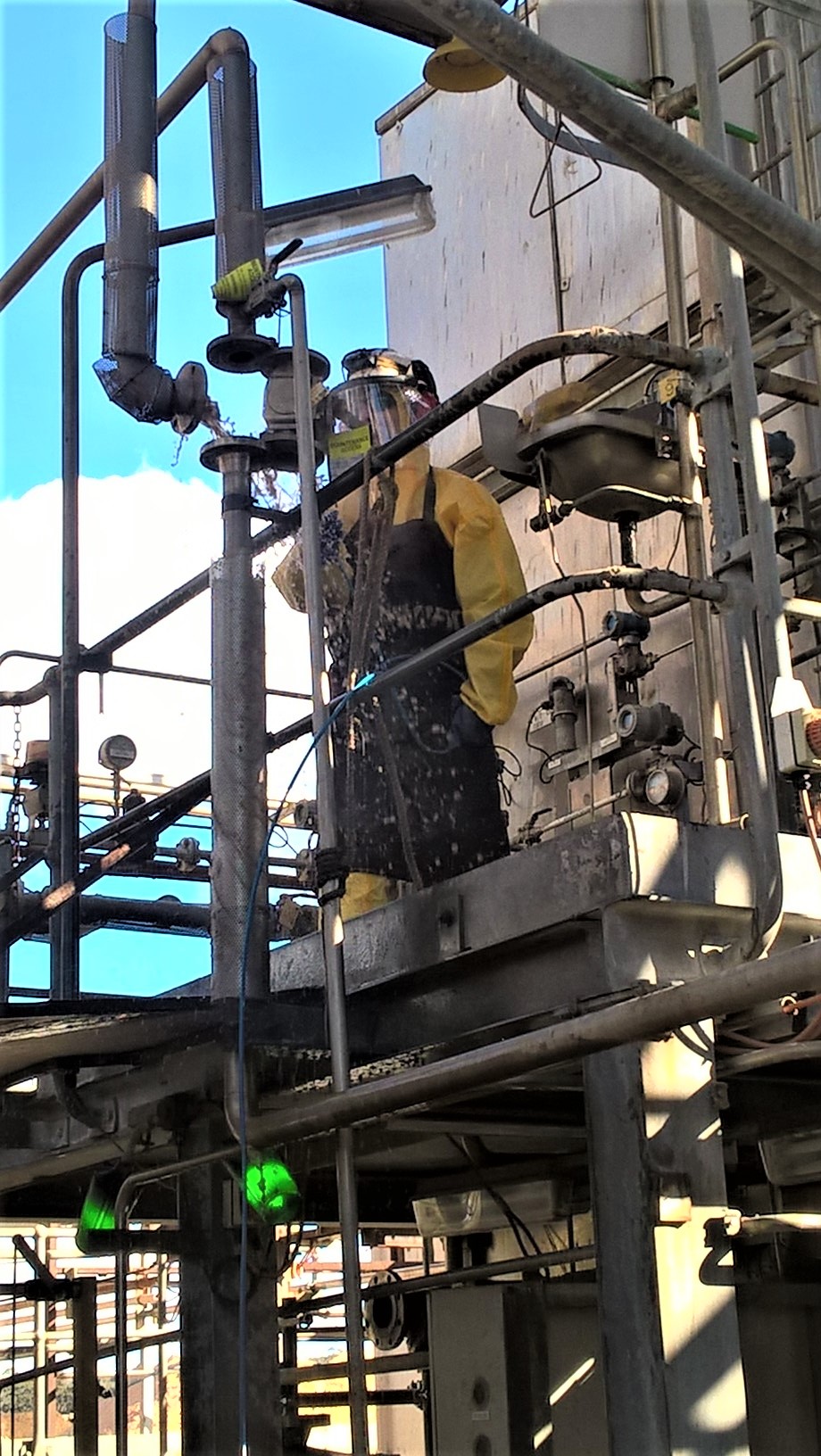
Innovative cleaning services for a paper mill customer
Our Cleanaway and Toxfree teams introduced several new measures to increase the efficiency of our shutdown maintenance services for a paper mill customer including:
- The foul water accumulator was modified by the Cleanaway team and resulted in significant man-hour savings to the client. This job generally went unfinished in previous shuts.
- To remove stains in paper machine rollers, the team introduced an Ultra-high Blasting Unit in place of the High Pressure Unit to remove stains and build up from the press rolls.
- An exclusion zone tape with responsible officer names and mobile telephone numbers was introduced. This has been adopted as a site standard with pre-printed exclusion zone tapes proposed for the FY20 shutdown. The improved pre-outage preparation work will encourage more efficiencies during future shutdowns.
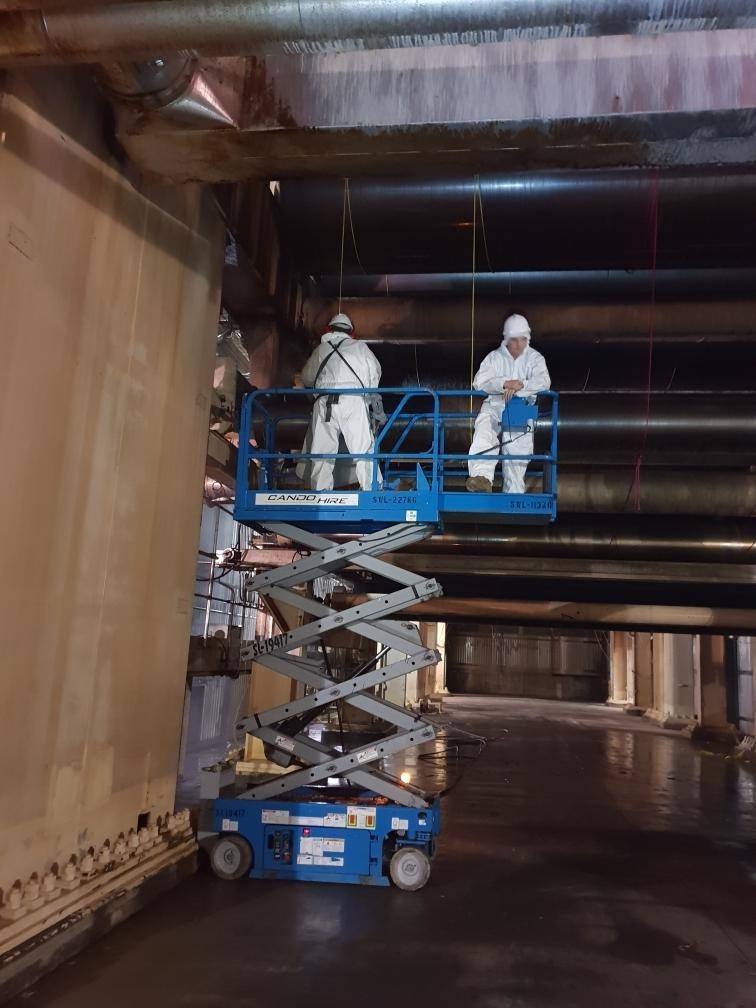
Automation reduces autoclave cleaning times
Autoclave shutdowns for our mining customer are conducted on a regular basis for cleaning. The manual cleaning process to decontaminate autoclaves would take over 10 days per shut down. Each day of shutdown equalled a loss of profit.
As a result of the Toxfree team’s investment in quality equipment and efficient operations, cleaning performance was vastly improved, turnaround times were reduced and confined space entries were minimised.
This reduced the shutdown time for autoclave cleaning to 5.5 days from the previous record of 10 days. Since then, the average shutdown period for autoclave cleaning has remained at 5 days, with cleaning time reduced from 20 days to 7 days, saving the customer around $600,000 annually.
Regular maintenance to improve plant performance
A tar production facility needed their naphthalene tank, heat exchanges and pipework cleaned as part of their biannual shutdown. The November shutdown also included the installation of a new on-site cooling tower. Prior to demolishing the existing cooling tower, industrial washing was required to remove residue.
Our Toxfree team supplied an Industrial Combo Unit, Heavy Vacuum Loader and 600HP 3 gear High Pressure Unit with bulk Interceptor bins. Over the 3-week shutdown the team performed industrial washing, flex-lance, high pressure pipe and duct cleaning, tank cleaning and stormwater pit cleaning within the plant.
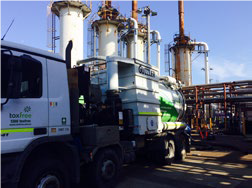
Why use Cleanaway’s shutdown services?
Our team of experts will tailor a solution to fit your plant’s needs, processes and specifications ensuring fast turnarounds and limited outage time.
Cleanaway’s extensive range of industrial services are backed by purpose-built trucks that are certified and licensed to the highest Australian standards.
The shutdown industrial services we offer include:
- Vacuum loading and truck services
- Offshore cleaning
- High pressure cleaning and water blasting
- Ultra high pressure water jet cutting
- Hazardous chemical waste disposal services
Contact us today to book a plant shutdown cleaning service.
